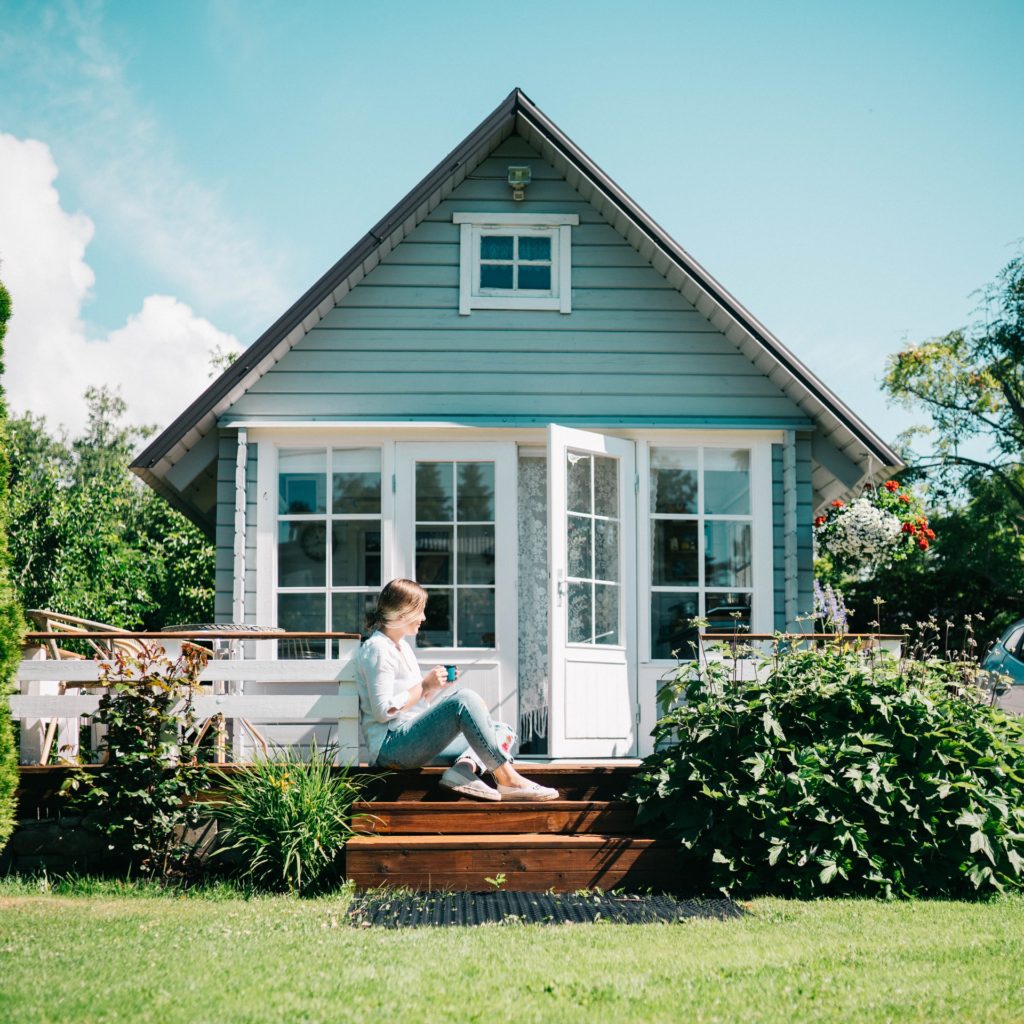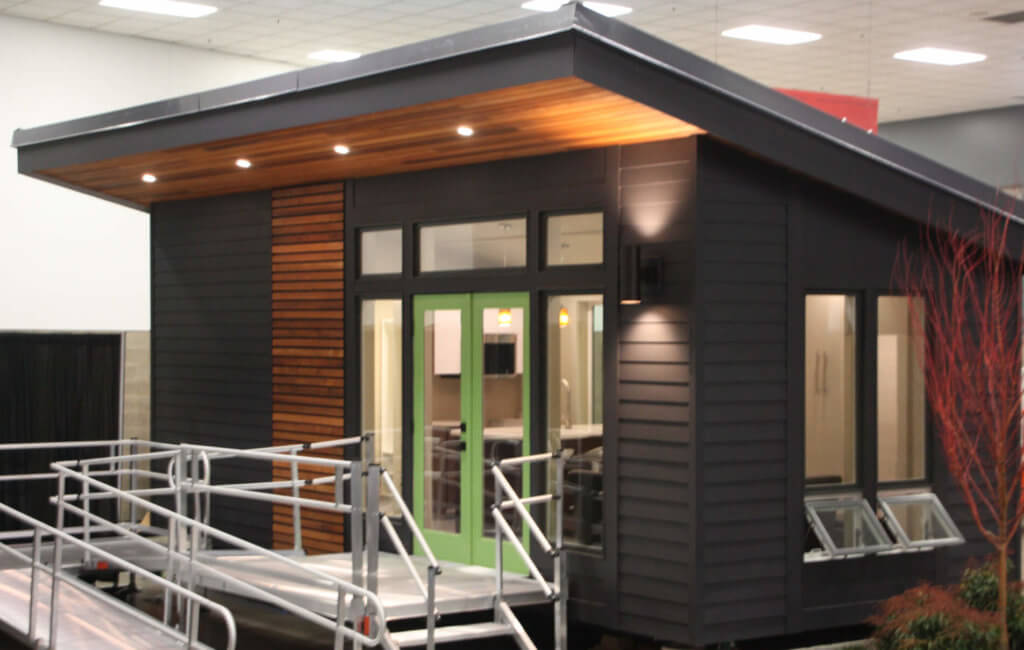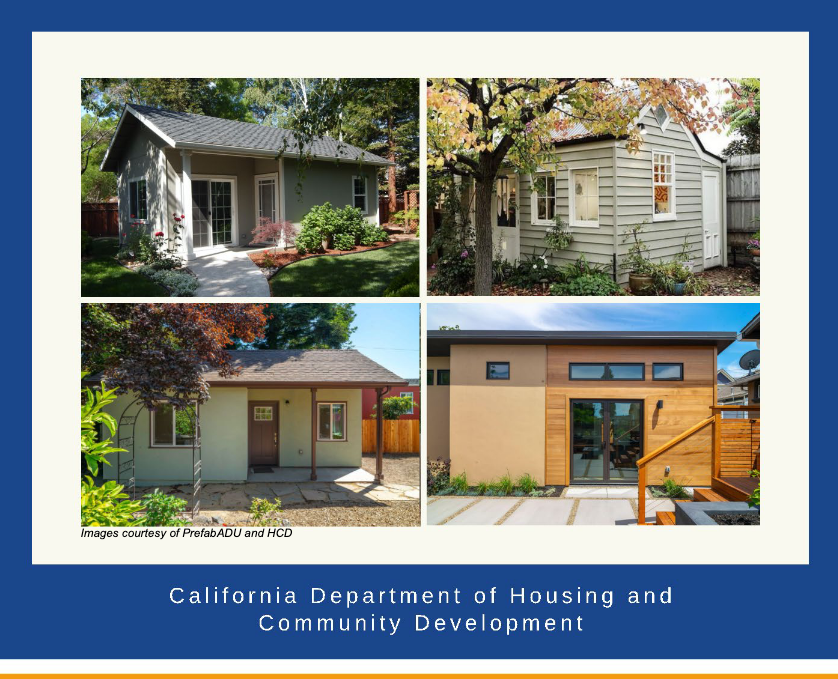Effective Jan. 1st, 2020
Requires All Cities To Create ADU Incentives
California implemented new state-mandated ADU laws on Jan. 1st, 2020. The California Health and Safety Code (HSC), Section 65583(c)(7), requires that cities and counties develop a plan that incentivizes and promotes the creation of ADUs that can be offered at affordable rent for very-low to moderate-income households.
No Owner Occupied Requirement Until Jan. 1st, 2025
SB-13 Accessory Dwelling Units
The Planning and Zoning Law authorizes a local agency, by ordinance, or, if a local agency has not adopted an ordinance, by ministerial approval, to provide for the creation of accessory dwelling units in single-family and multifamily residential zones in accordance with specified standards and conditions. Existing law requires any ordinance adopted by a local agency to comply with certain criteria, including that it require accessory dwelling units to be either attached to, or located within, the proposed or existing primary dwelling or detached if located within the same lot, and that it does not exceed a specified amount of total area of floor space.
This bill, until January 1, 2025, would instead prohibit a local agency from imposing an owner-occupant requirement as described above.
AB-68 Land Use: Accessory Dwelling Units.
AB-881 Accessory Dwelling Units
AB-670 Common Interest Developments
This bill would make void and unenforceable any covenant, restriction, or condition contained in any deed, contract, security instrument, or other instrument affecting the transfer or sale of any interest in a planned development, and any provision of a governing document, that effectively prohibits or unreasonably restricts the construction or use of an accessory dwelling unit or junior accessory dwelling unit on a lot zoned for single-family residential use that meets the above-described minimum standards established for those units.
However, the bill would permit reasonable restrictions that do not unreasonably increase the cost to construct, effectively prohibit the construction of, or extinguish the ability to otherwise construct, an accessory dwelling unit or junior accessory dwelling unit consistent with those aforementioned minimum standards provisions.

What Is An Accessory Dwelling Unit ( ADU )?
Granny Flat
In Law Units
Backyard Cottage
Secondary Unit
Carriage House
Lane House
Alley House
Guest Cottage
Accessory Dwelling Units (ADUs) have been known by many names: granny flats, in-law units, backyard cottages, secondary units and more. No matter what you call them, ADUs are an innovative, affordable, effective option for adding much-needed housing in California. HCD is the state’s leader on local ADU ordinances, which — while optional — have grown exponentially in number as more cities, counties, and homeowners become interested in ADUs as one solution to increasing the supply of affordable housing.

What Are The Benefits?
- ADUs are an affordable type of home to construct in California because they do not require paying for land, major new infrastructure, structured parking, or elevators.
- ADUs can provide a source of income for homeowners.
- ADUs are built with cost-effective wood frame construction, which is significantly less costly than homes in new multifamily infill buildings.
- ADUs allow extended families to be near one another while maintaining privacy.
- ADUs can provide as much living space as many newly-built apartments and condominiums, and they’re suited well for couples, small families, friends, young people, and seniors.
- ADUs give homeowners the flexibility to share independent living areas with family members and others, allowing seniors to age in place as they require more care.
What Are JADUs?
Junior Accessory Dwelling Units (JADUs) are allowed to be created within the walls of a proposed or existing single-family residence and shall contain no more than 500 square feet. JADUs offer additional housing options. They may share central systems, contain a basic kitchen utilizing small plug-in appliances, may share a bathroom with the primary dwelling, all to reduce development costs. JADUs present no additional stress on utility services or infrastructure because they simply repurpose existing space within the residence and do not expand the dwellings planned occupancy.

What Is A DADU?
A DADU is a type of ADU that is a detached dwelling unit that is a separate structure from the primary home. It is typically located in the back yard of the property, above or within a converted garage, and often referred to as a backyard cottage.
Potential State Grants and Financial Incentives for ADUs
- CalHome Program – State funds to local public agencies and nonprofit corporations for first-time homebuyer mortgage assistance including a home purchase with an ADU or JADU; owner-occupied rehabilitation assistance including rehabilitation of ADUs or JADUs; ADU/JADU assistance including construction, repair, and reconstruction; and homeownership development project loans including predevelopment and carrying costs during construction related to ADUs and JADUs (HCD CalHome program)
- Local Early Action Planning (LEAP) Grants – State grants to local jurisdictions including eligible partnerships for housing planning, and developing or improving an ADU ordinance in compliance with Section 65852.2 of the Government Code (HCD LEAP program)
- Local Housing Trust Fund (LHTF) Program – Matching funds to local and regional housing trust funds. Funds may also be used for the construction, conversion, repair, reconstruction or rehabilitation of ADUs or JADUs (HCD LHTF program)
- Regional Early Action Planning (REAP) Grants – Grants to council of governments (COGs) and other regional entities for activities relating to housing planning and activities including establishing Prohousing Policies such as adopting ADU ordinances or other mechanisms that reduce barriers for property owners to create ADUs (HCD REAP program)
- SB 2 Planning Grants – Grants to local governments including eligible partnerships for housing planning and to encourage ADUs and other innovative building types through ordinances, outreach, fee waivers, pre-approved plans, website zoning clearance assistance, and other homeowner tools or finance tools (HCD SB2 program)
- Community Development Block Grant Program (CDBG) – Federal funds allocated to non-entitlement jurisdictions, and non-entitlement jurisdictions that partner with non-federally recognized Native American communities for community development activities including single- and multi-family rehabilitation and potential local ADU rehabilitation and planning programs. Applicants must be income qualified in low- to moderate-income households for rehabilitation and areas for planning. Contact your local jurisdictions for more information.
Other Potential Grants And Incentives Of ADUs
- City of Clovis: ADU Finance Program – Provides financing to eligible property owners seeking funding to build or repair ADUs on their existing single-family lot in the City of Clovis.
- Santa Cruz County: ADU Forgivable Loan Program – Offers forgivable loans up to $40,000 to homeowners who rent ADUs to low-income households at affordable rents for up to 20 years.
- San Mateo County: One Stop Shop Program – Provides no-cost support from Hello Housing with the design, permitting, and project management involved with building an ADU.
- Monterey Bay: My House My Home Program – Creates affordable ADUs for low-income senior homeowners in the Monterey Bay area.
- City of San Jose: Accessory Dwelling Unit Program – Provides pre-approved ADU plans and support for ADU construction.
- City of Chico ADU Program – Provides pre-approved ADU plans and support for ADU construction.
- Housing Trust Silicon Valley – Provides funding to support homeownership, rental housing, development financing, and offers programs for homeowners.
Sources And Resources
Tiny House Alliance USA Editor
The Future Of Tiny Is Now!
Janet Thome Founder And President
janet@tinyhouseallianceusa.org
509 345 2013
Founder Of Tiny Portable Cedar Cabins


Pingback: California Regulation Of Tiny Houses - Tiny House Alliance USA